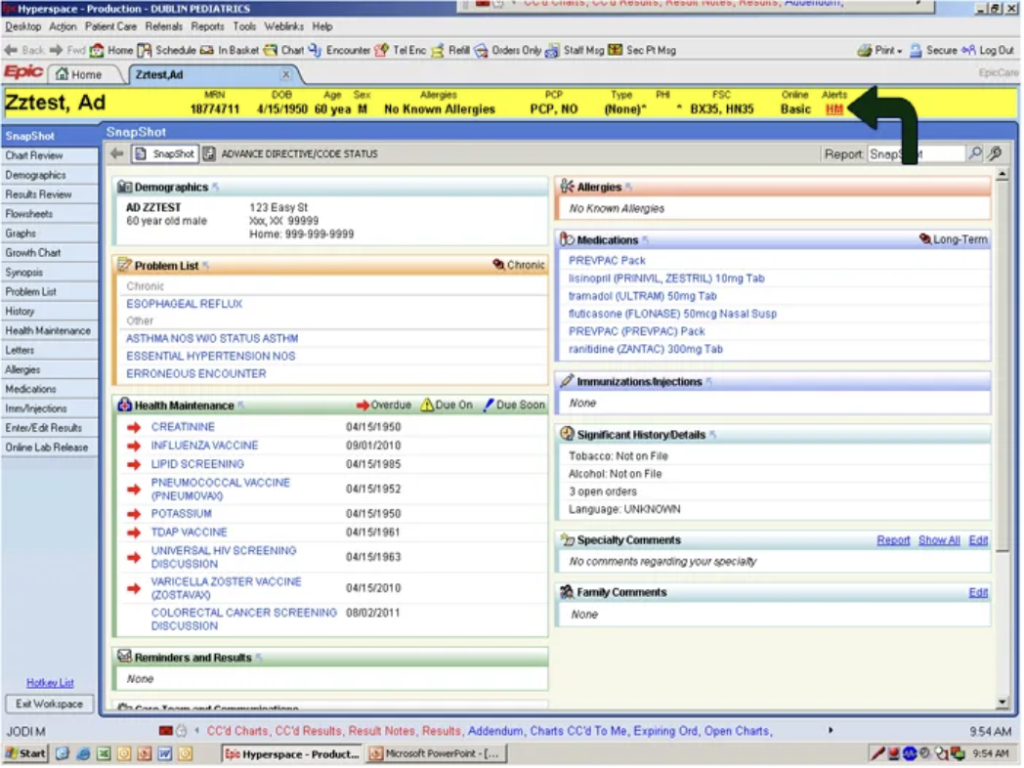A heartbreaking tale underscores the callousness and dire consequences of poor user experience (UX) design within the medical industry.
Jonathan Shariat, a UX designer, has shared the tragic story of Jenny, a young cancer patient, who died due to negligence stemming from convoluted medical software. This account serves not only as a stark reminder of UX’s critical role in “less glamorous” sectors like healthcare but also as an urgent call to action.
Tragedy Born from Tangled Code
Jenny, a brave girl who battled cancer for four years, was readmitted for chemotherapy. The medication she required was so toxic that it necessitated continuous hydration for three days before and after its administration. However, tragedy struck when three experienced nurses, struggling with a complex medical record software, overlooked this crucial hydration step.
The outcome was devastating. The following morning, Jenny succumbed to toxicity and dehydration. For two shifts, the young girl was deprived of necessary fluids, all because skilled nurses were ensnared in a software labyrinth.

“Disastrous” Interfaces in Hospitals
Shariat shared images of medical software interfaces his wife, a nursing student, encounters daily. These interfaces are bewildering, confusing, and rife with potential for error. “I can’t imagine how much worse these interfaces were in the past,” he wrote.

When UX Fails, the Repercussions Extend Beyond Product Failure
In most scenarios, a UX designer’s misstep results in a failed product. But in critical sectors like healthcare and aviation, design flaws can lead to severe, even fatal, consequences.
“I feel anger and grief when I look at these interfaces,” Shariat expressed. He also referenced other distressing incidents, such as an Ebola patient mistakenly sent home and a pilot’s incorrect flight path input causing a plane crash.
Don’t Dismiss Terrible UX
Shariat urges UX designers to focus more on “less glamorous” areas like healthcare, government, and nonprofits. “Seek opportunities in places where our skills are needed. We may not design chat apps for teens, but we can save their lives.”
He also encourages people to voice concerns about interface design flaws, from government websites to medical software. “Send emails, make calls. Don’t be silent about poor UX,” he stated.
Join the Movement for Change
Jenny’s story is a wake-up call about the importance of UX in all fields, especially healthcare. It’s time to act to ensure such tragedies are prevented.
Shariat co-authored a book with Cynthia Savard Saucier titled “Tragic Design,” with a foreword by John Maeda, exploring how flawed design can harm users.
What are your thoughts on this story? Share your perspectives in the comments below.
The article is rewritten from Medium by Jonathan Shariat in Tragic Design.






